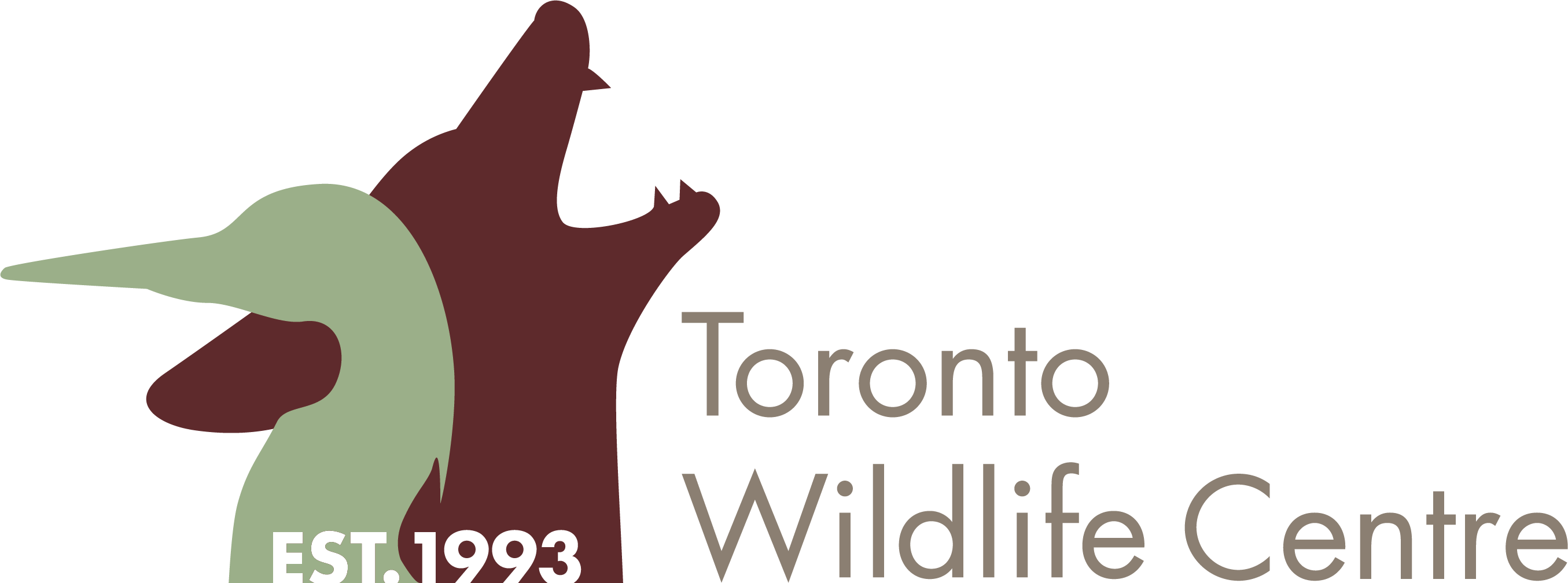Baby pigeons and mourning doves are very unusual-looking birds that often get mistaken for other babies. If you think you’ve found a baby pelican, a baby eagle, or a baby pterodactyl, it’s probably a rock pigeon!
Is the baby pigeon or dove injured?
A baby pigeon or dove with any of the following signs is injured and needs medical attention:
- There are obvious wounds or blood on its body
- It has had contact with a cat – even with no obvious injuries, this is a medical emergency for baby birds
- The bird is lying on its side and cannot right itself
- It is covered in bugs or insects
- The bird feels cold to the touch when you pick it up
To keep the baby bird(s) safe while you figure out how to help them, put them in a small cardboard box with a soft towel or t-shirt. Even on a warm day babies can get cold, so give them a heat source:
• a clean sock filled with dry, uncooked rice, and microwaved for one minute
• a plastic bottle from the recycling bin filled with hot tap water wrapped in a face cloth or tea towel
• an electric heating pad set to “LOW” and placed under half the box
Do not give them any food or water – right now keeping them warm in a dark and quiet place is more important. Contact a wildlife rehabilitator right away.
Are you sure which one you’ve found?
Although they look similar and are related, the strategies and living habits of rock pigeons and mourning doves are very different.
Pigeons tend to nest on ledges, balconies, and rooftops in very urban areas, usually with lots of tall apartment buildings or office towers around.
Mourning doves (while they can still be quite urban!) prefer trees, bushes, and windowsills in areas with more more backyards or green space.
Whether or not the babies can be reunited with their parents depends on the situation and the species involved. Contact a wildlife rehabilitator if you aren’t sure.
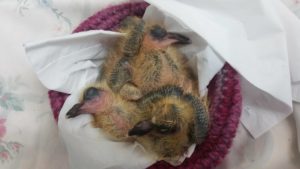
Nestling pigeons
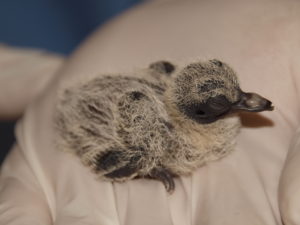
Hatchling mourning dove
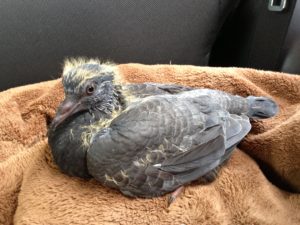
Nestling pigeon
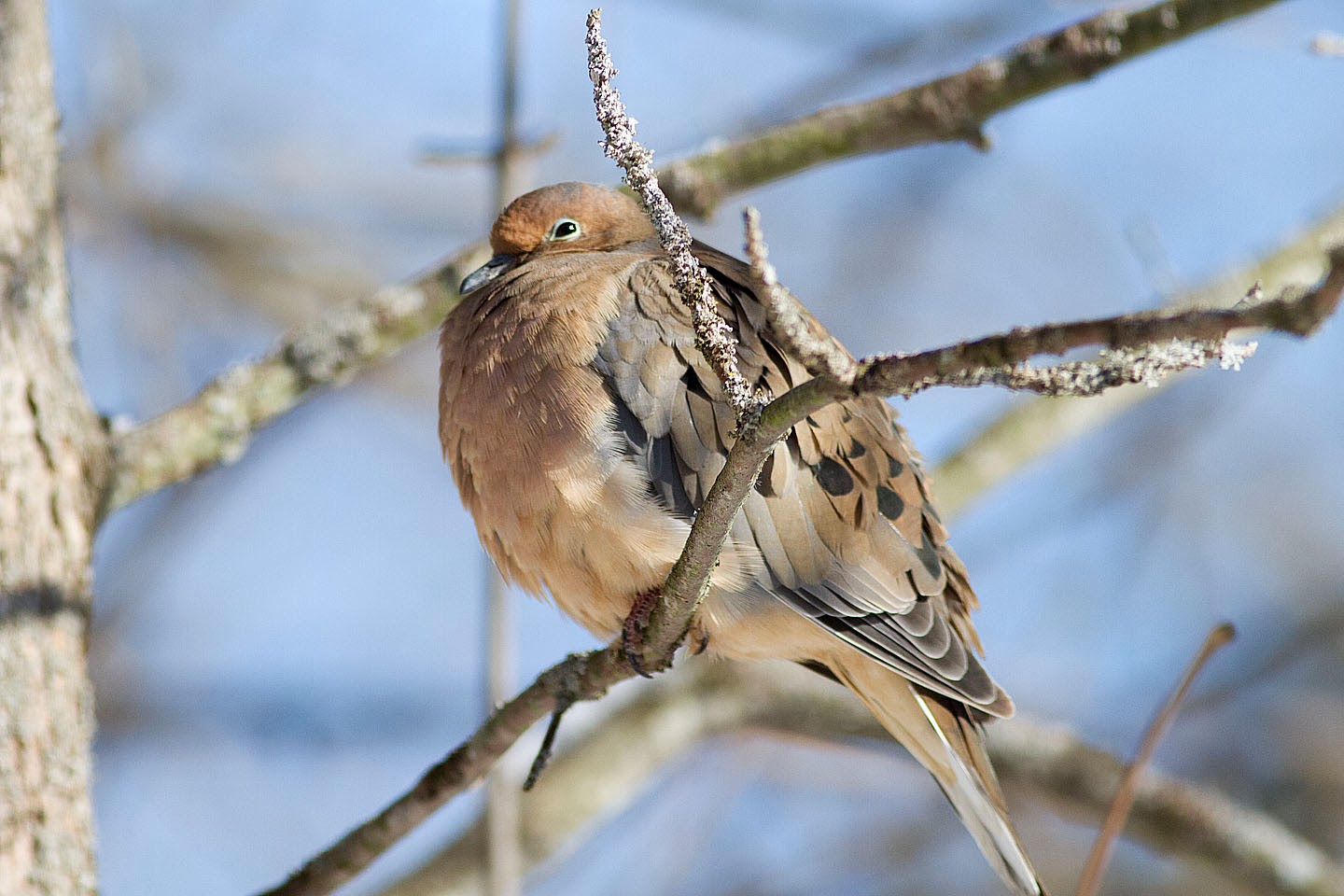
Adult Mourning Dove Photo credit Ann Brokelmann
Have you seen the parents?
Sometimes you can tell whether the baby is a mourning dove or a pigeon because you have seen its parents nearby.
If you are sure the baby is a pigeon, and you know exactly where the nest is or was and can put it back, do that. If the pigeons are nesting on your balcony and you want to prevent them from doing so in the future, put the baby back on the balcony for now and check out our page on pigeon nuisance situations.
If you are sure the baby is a mourning dove (see the photo for what a parent looks like), and you can put it back in its nest, do that. If the nest has fallen or been destroyed, check out our page on nestling songbirds to find out how to make a false nest and reunite the baby with its parents. Mourning doves are excellent parents and take very well to false nests.
If you’re not sure whether the baby is a dove or a pigeon, or your situation is different from the ones above, contact a wildlife rehabilitator for advice.
In the meantime, keep the baby in a dark, quiet spot. Make sure it has a heat source (like a hot water bottle), and don’t give it anything to eat or drink. Further information on temporary care instructions can be found here.
